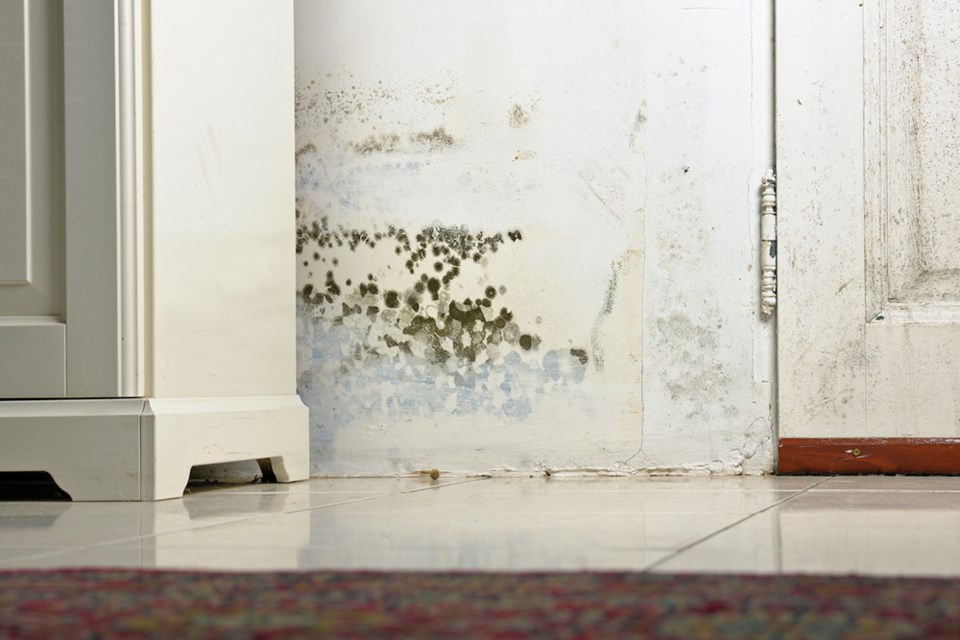Mold is part of life and discovering it in your home, vehicle or boat is no reason to panic or feel ashamed. But it needs to be addressed.
Ignoring a problem rarely causes it to disappear and mold flourishes when left on its own, undisturbed in the conditions that precipitated its growing, sporing or dormant cycles.
Information about mold on the internet can be confusing, contradictory and quite frankly, misleading. Learning a few key things about mold will go far for helping homeowners prevent or eliminate a mold problem. It can also support putting concerns for health in perspective.
We would not have a planet capable of sustaining life without mold, however, keeping our indoor mold levels in check is essential to supporting a healthy indoor environment.
What does mold need to grow indoors? Relative humidity levels or 45 per cent and higher and a food source.
The humidity or moisture can come from something as common as condensation, and the food source can be as simple as dust on a surface. Inadequate air movement impedes evaporation but is easily remedied with fans. Uneven heating of a space is also something simple to fix. Decluttering and increased housekeeping will support the cause.
What if the problem causing higher humidity is a larger issue like a suboptimal build environment? Upgrading windows, improving insulation, replacing underpowered or broken bathroom and kitchen fans are just some of the things that will improve the situation, but renovating may not be a feasible solution.
Adding a dehumidifier can do much for controlling indoor moisture in these situations. The important thing here is to have it running consistently and to ensure it is adequately powered to address the space. Purchasing a hygrometer from a hardware store for around $10 is an inexpensive way to monitor the success of moisture mitigation efforts.
If the problem is due to chronic water intrusion or build factors that make it impossible to get and keep mold under control, there needs to be a larger plan of attack. Repair and remediate. These situations call for expert help.
How dangerous is indoor mold? Every person is different, and every mold is different.
Some people react to some molds and not others. Couple this with the fact that the toxins produced by mold are often influenced by the food source the mold is feeding on.
Between an individual’s DNA or health profile and hundreds of combinations of mold, toxins and microbial volatile organic compounds (MVOCs) emitted, it is impossible to determine if the mold in your home is dangerous to one person yet safe for another. The best rule of thumb is to proactively act to prevent and eliminate mold in your home, car and workplace.
Cleaning up mold takes some added consideration as, just like every other living organism, survival is top priority. Disturbing mold will stress it and cause it to spore, so if you know you are part of the 25 per cent of the population with mold sensitivities or allergies, it’s best enlist in some help.
If the mold is growing on nonporous materials, the task is much easier than if it has penetrated drywall, but the absolute key is to keep relative humidity under control.
When in doubt, consult a professional. An inspection and some air and/or surface testing is the first step to determining a mold elimination plan and alleviating concerns.
Tatiana Kostiak holds a certificate in mold inspection and is also certified by the Institute of Inspection Cleaning and Restoration Certification (IICRC) as a water damage restoration technician. She regularly updates her knowledge with continuing education courses with topics including fungal data interpretation, sewage contamination and human-health-related implications of mold exposure.



